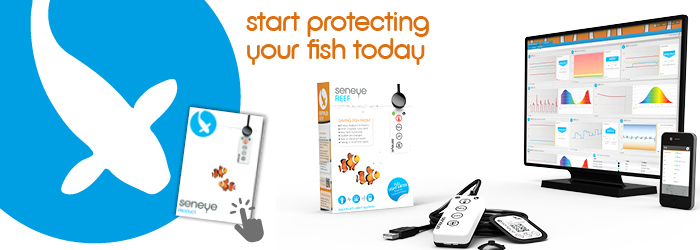Seneye hobbyist developer information
Table of contents
- 1. api.seneye.com
- 2. SUD Driver
- 3. seneye LDE
The following information is given in good faith to hobbyist developers to help allow partial Seneye integration into their systems, but doesn't allow complete control and access. For companies or organisations requiring deeper levels of integration please contact us regarding our partner schemes.
api.seneye.com
https://api.seneye.com/ provides you with the "last reading" from a seneye device that has been received and processed by the servers. The data format is provided in both XML and JSON. All details about how to call a reading are given on the website.
SUD Driver
https://github.com/seneye/SUDDriver provides details and source code for how to speak directly to the seneye device. This allows you to write a program that can be used on a variety of platforms that can take the readings for pH, NH3, temperature etc. directly from the seneye device. For example, some people have used this as a basis to write a program that allows a Raspberry Pi to read the data from the seneye device and write it to a database.
seneye LDE
The seneye LDE (Local Data Exchange) outputs the last reading from the seneye device to a network/internet location of your choosing via the seneye connect application or seneye web server. This can be used to view a local copy of the data, or upload the data to your own server or database.
Please note that examples and notes are not directly supported and are given only as examples. seneye provides them as a reference and as such warranties are not provided for the use and functionality
Please also not that Seneye is not able to offer any support with this.
